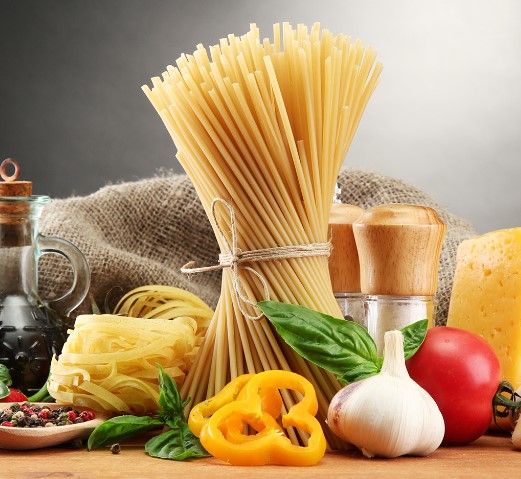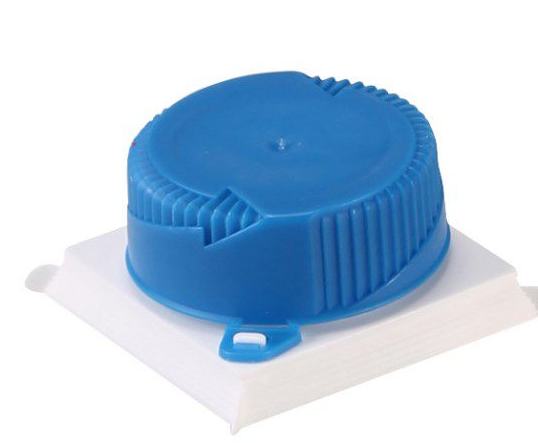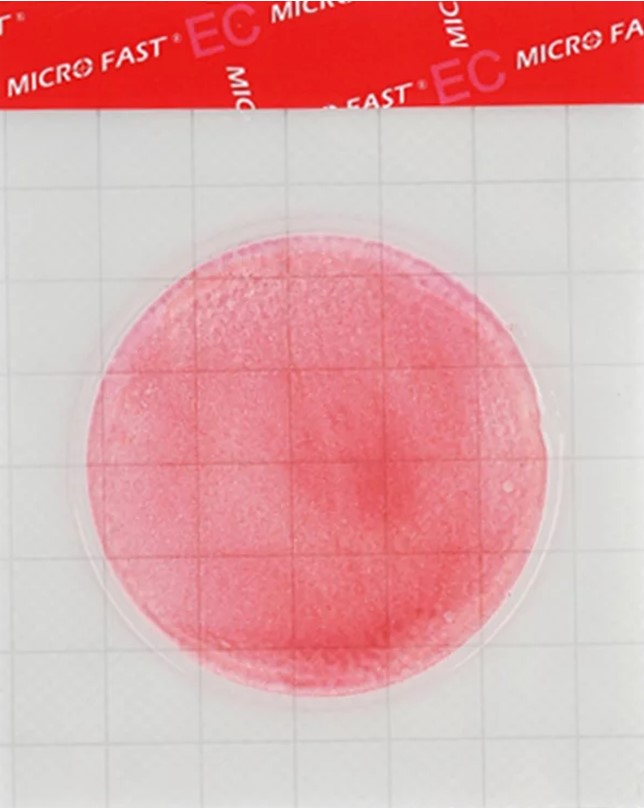Estimation of feed production in the EU for 2023 and market forecast for 2024

The EU feed market in 2023 reflects ongoing political and market crisis pressures, as well as increasing demand to provide sustainable feed solutions to address market dynamics and regulatory considerations. These trends are in response to the adverse impacts of climate change and animal diseases on the supply of raw materials as well as the production potential of the livestock sector, including avian influenza (AI) and African swine fever ( ASF ). In addition, national policies ranging from greenhouse gas emission reduction targets to nitrate regulation have contributed to these changes.
Evolution of feed production by category. Annual percentage increase/decrease between 2022 and 2023. Source: FEFAC
Feed production varies across EU member states: while countries such as Germany , Ireland, Denmark and Hungary have seen feed production decline by around 5%, other countries such as Austria, Bulgaria, Italy and Romania have seen moderate growth. The remaining Member States either reduced feed production slightly or maintained it at levels similar to the previous year.
As in 2022, the pig feed sector was hit hardest in 2023, with a further decline of almost 2.5 million tonnes. Germany, for example, has seen a decline in pork production due to the loss of Asian EXPORT markets and has been the target of negative media campaigns. In 2023, Denmark experienced a significant drop in pork production of 13.6%. Spain, the EU's largest pig feed producer, lost 800,000 tonnes of production due to changing consumer preferences ( food price inflation ) and loss of export markets. Meanwhile, Italy continues to struggle with problems caused by African swine fever (ASF).
As for the prospects for feed demand in 2024 , this scenario remains uncertain. Key factors such as the impact of animal diseases, economic uncertainty, continued high food price inflation, ongoing weather disturbances and increased imports of poultry products from Ukraine are affecting local production. The impact of “animal welfare” policies is expected to have a negative impact on the livestock and feed market outlook, although costs for key feed materials, mainly feed grains, have fallen to 2022 levels.
Read together with it:
- В Тульской области уничтожили 24 кг санкционных сыров и мясных продуктов из ЕвропыВо время совместной проверки с транспортной прокуратурой из оборота было изъято 24,45 кг сыров и мясных изделий, произведенных в таких странах, как Дания, Испания, Норвегия, Италия, Ирландия и Франция. Ввоз данной продукции на территорию России запрещен в соответствии с указом Президента, касающимся специальных экономических мер. Изъятая продукция была ликвидирована путем измельчения и денатурации...
- Pharmaceutical companies see a threat to EU security due to bacteria in UkraineAntibiotic-resistant superbugs have been detected in Ukrainian soldiers since the beginning of the conflict, and now they pose a threat to Europe, according to a foundation developing antibiotics.The Ukrainian conflict threatens Europe with antibiotic-resistant "superbugs," said Henry Skinner, CEO of the AMR Action Fund, which specializes in investing in antimicrobials. His article was published o...
- Экспортные цены на уругвайскую говядину достигли рекордных значений в октябреЭто второй лучший показатель 2025 года после пика, достигнутого в августе. По предварительным данным INAC, на прошлой неделе экспортная цена составила 5350 долларов США. Данные INAC, которые показывают фактически выполненные поставки (в отличие от экспортных заявок, где указаны как отгруженные, так и неотгруженные товары), указывают на падение объёма экспорта мяса в октябре на 28% — до 3......
- Британия запретит морские перевозки российского СПГЗапрет на предоставление услуг по перевозке и страхованию российского СПГ будет вводиться поэтапно и по согласованию с ЕС, который ранее ввел санкции против российского газа. Москва называет ограничительные меры Запада незаконными Великобритания планирует запретит компаниям предоставлять услуги по перевозке и страхованию российского сжиженного природного газа (СПГ), передает REUTERS со ссылкой на ...
- New video on our channel: Genetics of the Edilbaevskaya sheep breed. The Ayu line and 14-pair-rib rams from the Suleimenov farm.The Edilbaevskaya sheep breed at the Suleimenov farm. Selection, genetics, breeding rams, and a unique elongated line of sheep with 14 pairs of ribs. Kazakhstan , Akmola region, Zharsuat village. Zhanat Tuleubekovich Kasenov, a scientist and breeder, deputy DIRECTOR for breeding and breeding work at the K.S. Suleimenov farm, talks about the new lines of the Edilbaev breed established at the K.S. S...




























































